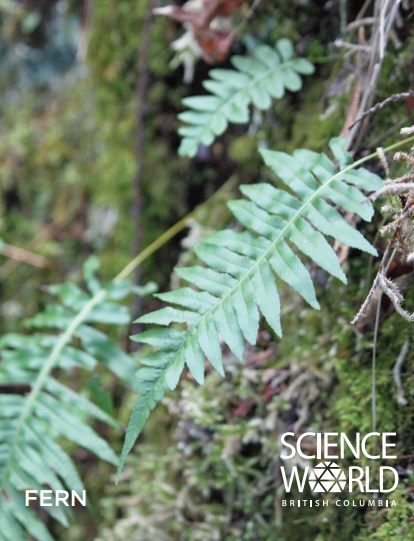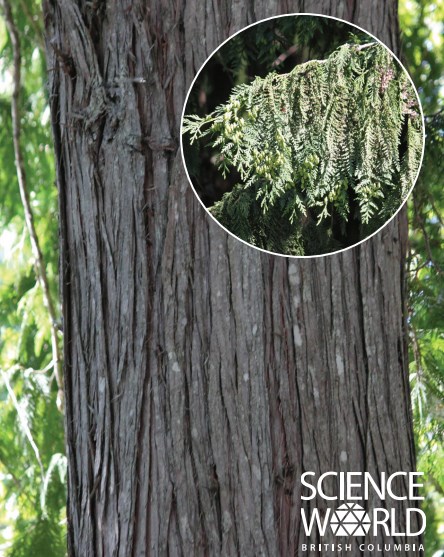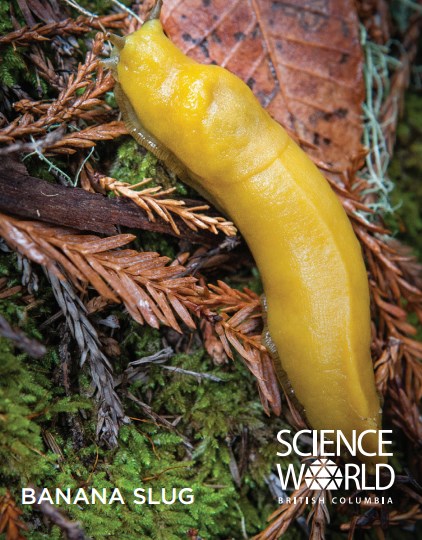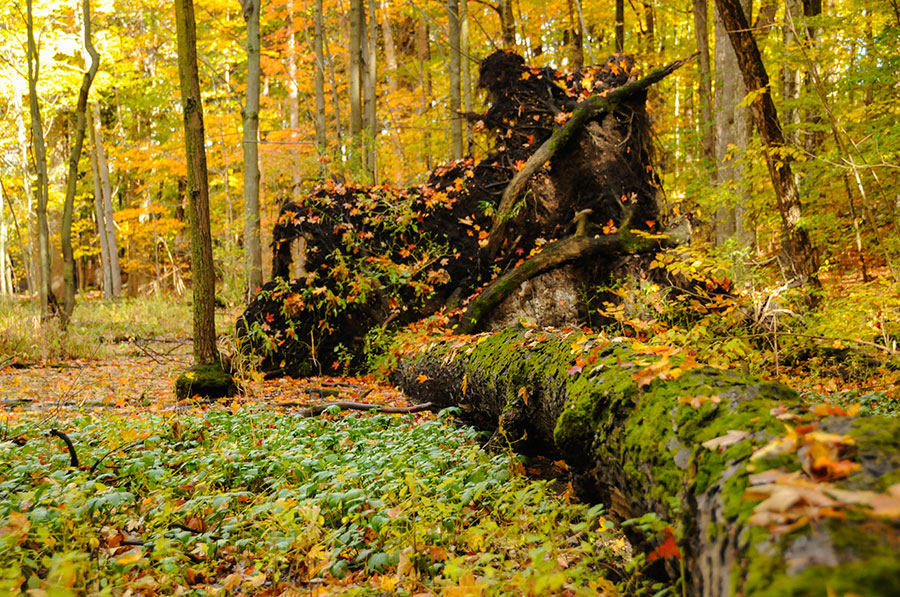Objectives
-
Describe the characteristics of a coastal temperate rainforest.
-
Describe the basic needs of living things in a coastal temperate rainforest.
-
Describe the characteristics of old growth trees.
Materials
Background
British Columbia’s coastal temperate rainforest is home to some of the largest trees in the world. The animals in this ecosystem are adapted to the moist climate. The trees of the coastal temperate rainforest use the 250 cm of annual rainfall and can live to be hundreds of years old (old growth trees), and grow to be approximately 90 metres tall. BC’s coastal rainforest is dominated by coniferous trees, which makes it different from other temperate rainforests.
Common coastal temperate rainforest plants include:
- western red cedar
- western hemlock
- sitka spruce
- grand fir
- sword fern
- deer fern
- salal
- evergreen huckleberry
- douglas fir
- broad leaf maple


Common coastal temperate rainforest animals include:
- pacific salamander
- tree frog
- raccoon
- banana slug
- crow
- black bear
- black-tailed deer
- wolf
- cougar
- squirrel
- bald eagle
- bat

In a temperate rainforest, the forest floor is primarily made up of dead and decaying forest parts. This decaying matter provides a rich nutrient base for new plants to grow.

The forests in our rainforest are very complex and have a high coniferous canopy, a thick bushy understory and extensive groundcover. These different layers are similar to the different floors in a sky scraper/condo tower. Some people choose to live on the bottom floor, while other people like to live higher up. Each person likes to live in different areas for different reasons. Animals are like this too!
Vocabulary
Coastal temperate rainforest: Found on the coast of the Lower Mainland, Haida Gwaii and western Vancouver Island in British Columbia. (Coastal temperate rainforests also occur in Chile and New Zealand). They receive a minimum 150cm of rainfall.
Coniferous trees: Trees that produce cones and do not lose their leaves or needles in the winter.
Habitat: Where an organism lives, includes the living and non-living components.
Niche: The position or function of an organism in a community of plants and animals.
Nurse log: A fallen tree that provides nutrients for baby trees, mosses and mushrooms.
Old growth forest: A forest that has experienced little direct disturbance through human impact and that houses many different types of other plants and animals.
Seedlings: Young trees.
Temperate: Found at cool climates, neither extremely cold nor extremely hot temperatures.
Other Resources
“Going Wild! Teaching about Wild Products” from BC’s Coastal Rainforests
Forest Service of BC| Biogeoclimatic Zone Maps
Lynn Canyon Ecology Centre | Schools and Group
Stanley Park Ecology Society | Education
City of Vancouver | Bloedel Conservatory
World Wildlife Federation | Schools for a Living Planet
Great Bear Sea | Elementary Resources | Secondary Resources




